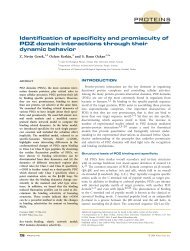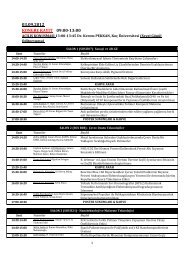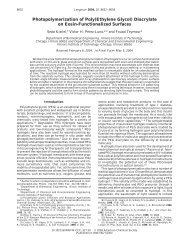Harvard Center for Textile & Apparel Research
Harvard Center for Textile & Apparel Research
Harvard Center for Textile & Apparel Research
You also want an ePaper? Increase the reach of your titles
YUMPU automatically turns print PDFs into web optimized ePapers that Google loves.
B.Tan Overview of the Turkish <strong>Textile</strong> and <strong>Apparel</strong> Industry 26<br />
5.1. 5.1. Cotton Cotton <strong>Textile</strong>s<br />
<strong>Textile</strong>s<br />
Turkey is the sixth largest producer and the fifth largest consumer of cotton (Table<br />
24). Especially, the cotton produced in the western part of Turkey, around Izmir, is<br />
considered to be the best quality cotton in the world markets. However, when the overall<br />
production is considered, a study on the dirtiness of cotton conducted by ITMF<br />
(International <strong>Textile</strong>s Manufacturers Federation) in 1998 ranks Turkey third after India<br />
and Pakistan. This is regarded as one of the most important problems of cotton yarn<br />
industry [13].<br />
Table 24. Cotton Production and Demand in the World<br />
Production (1000 ton) Demand (1000 ton)<br />
Country 98/99 99/00 98/99 99/00<br />
China 4,501 4,000 4,300 4,350<br />
U.S.A 3,030 3,674 2,280 2,221<br />
India 2,771 2,975 2,729 2,822<br />
Pakistan 1,343 1,700 1,530 1,581<br />
Uzbekistan 999 1,160 150 170<br />
Turkey 882 899 1,000 1,100<br />
Australia 726 704 N/A N/A<br />
Argentina 425 403 780 850<br />
Brazil 385 380 125 130<br />
Source: Cotton Outlook, December 1999 [4]<br />
Although cotton production cannot meet demand now, it is expected to exceed the<br />
demand in coming years after the completion of the South Anatolian Project (GAP). The<br />
South Anatolian Project is a $32 billion project which includes the construction of 22 dams<br />
and 19 hydroelectric plants on the Tigris and Euphrates Rivers and the irrigation a dry area<br />
of land the size of Austria to trans<strong>for</strong>m it into a fertile area. With the completion of this<br />
project, cotton production is expected to double by 2005. New projects including the one to<br />
produce colored cotton have been planned in the project.<br />
Turkey has been producing more cotton yarn than its demand <strong>for</strong> a number of years<br />
(Table 26). It is expected that this trend will continue and there will be a cotton yarn<br />
surplus in coming years. Following this trend, cotton yarn exports haven been increasing<br />
while the imports have been decreasing (Table 26).



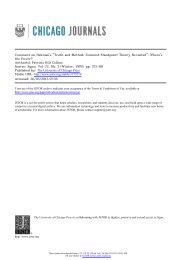
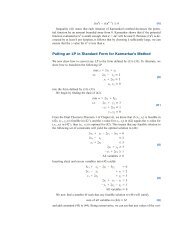
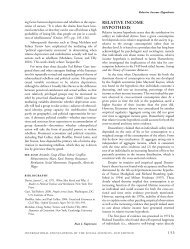

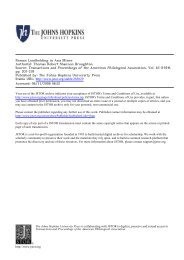
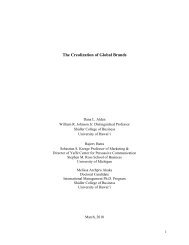
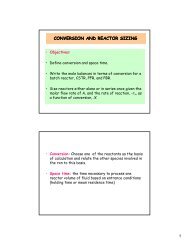
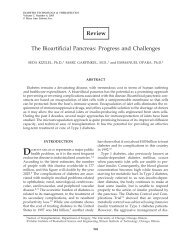
![]_[O](https://img.yumpu.com/10363126/1/190x138/-o.jpg?quality=85)


